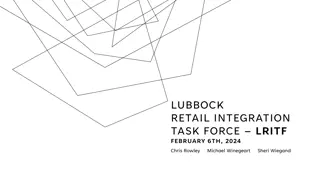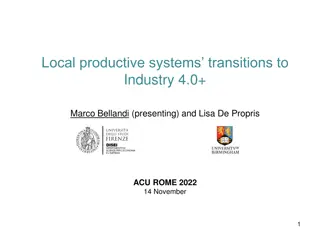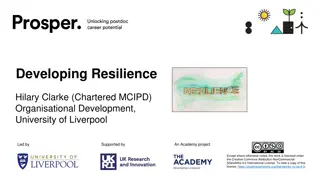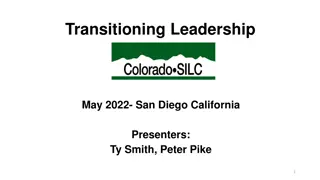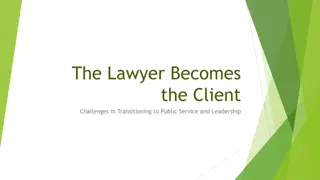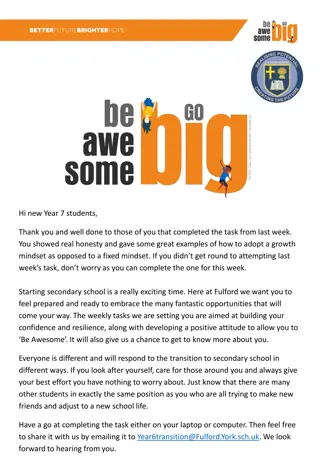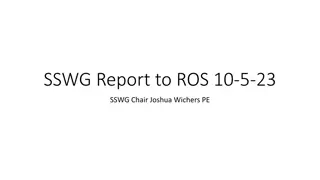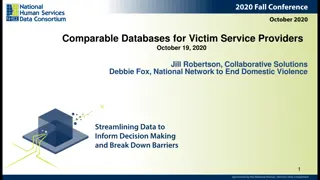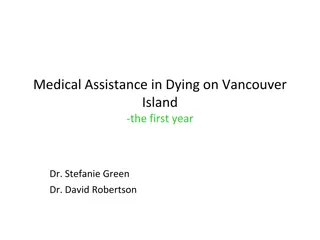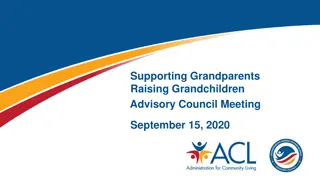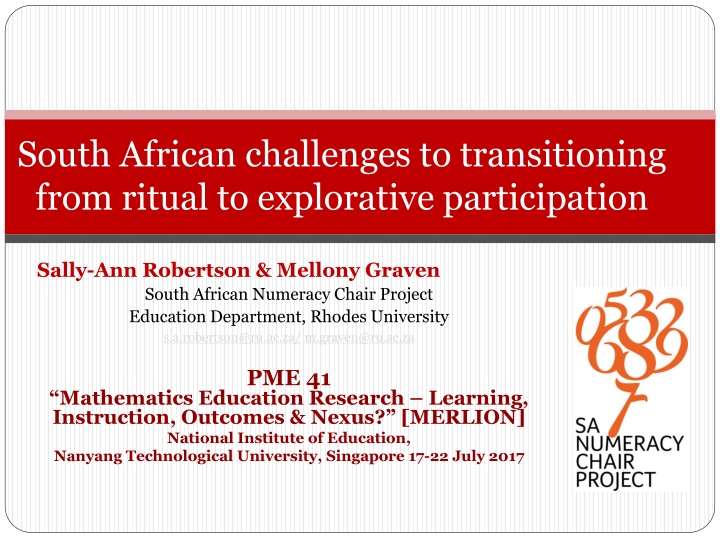
Analyzing Challenges in South African Math Education Transition
Explore the obstacles South African learners face in transitioning from ritualistic to participatory math practices, focusing on language use and socio-cultural influences. This study delves into the impact of linguistic repertoire on mathematical sense-making among Grade 4 students, emphasizing the need to leverage diverse language skills.
Download Presentation

Please find below an Image/Link to download the presentation.
The content on the website is provided AS IS for your information and personal use only. It may not be sold, licensed, or shared on other websites without obtaining consent from the author. If you encounter any issues during the download, it is possible that the publisher has removed the file from their server.
You are allowed to download the files provided on this website for personal or commercial use, subject to the condition that they are used lawfully. All files are the property of their respective owners.
The content on the website is provided AS IS for your information and personal use only. It may not be sold, licensed, or shared on other websites without obtaining consent from the author.
E N D
Presentation Transcript
South African challenges to transitioning from ritual to explorative participation Sally-Ann Robertson & Mellony Graven South African Numeracy Chair Project Education Department, Rhodes University s.a.robertson@ru.ac.za/ m.graven@ru.ac.za PME 41 Mathematics Education Research Learning, Instruction, Outcomes & Nexus? [MERLION] National Institute of Education, Nanyang Technological University, Singapore 17-22 July 2017
Background South African learners low levels of mathematical sense- making (Grade 9 national average: 13%) A language policy that promotes additive bilingualism; but socio- economic aspirations that promote English at the expense of learners mother tongues . Mathematical sense-making Language (L1/L2) Literacy
Overall research design: A transdisciplinary case study into two experienced Grade 4 teachers mathematics classroom talk practices A qualitative and interpretive framework; Drawing on distinct but complementary insights from psychology, sociology and linguistics; In seeking to analyse and try to explain the classroom observation and interview data.
Vygotsky Bernstein Halliday Focus on the centrality of language and of socio-cultural influences on learners making of meaning ...
Contention: Exclusive use of an L2 constitutes a barrier to the use of language as a tool for mathematical sense-making leading to ritualised, rather than participatory, mathematical behaviours. Question: So what might happen were learners able to draw more completely on their linguistic repertoire in support of their mathematical sense-making?
Children have to learn to use language for a range of purposes and in a range of cultural and situational contexts (Gibbons, 2003, p. 250). MODE CONTINUUM More spoken-like Interactive, face to face Context dependent (linguistic + physical cues) Dynamic & responsive Spontaneous Everyday, common-sense lexis Lexically sparse (mainly high frequency words) More written-like Non-interactive, mono-logic Context independent Static Polished More formal and abstract lexis Relatively lexically dense [Adapted from Eggins (2004) and Gibbons (2006)]
Cummins BICs/ CALP distinction TWO kinds of classroom talk: Basic Interpersonal Communication Skills (BICS), and Cognitive Academic Language Proficiency (CALP). Both are necessary in the classroom BICS is the more important for initial sense- making CALP then becomes the key to deepening engagement in mathematical discourse.
Ms Ms schools LoLT policy is Straight for English from Grade 1 Language is very important, because maths isn t only about numbers: add this , subtract this . There s lots of language involved. There s English language first of all: that is a challenge to these learners. And also the maths language itself. So if one doesn t have English as a language and also the maths language, then there s no learning and teaching that is taking place.
CHILDRENS VERBAL OUTPUT (50 MINUTES WORTH OF LESSON) 1 over 2 10 10 2 2/7th s 3 34 5 6 over 3 7 7 7 9 9 9 A half A little bit hard A number A piece A quarter A quarter A quarter A seventh A whole number A whole number An eighth Balloon talk Because it does not have the same number at the bottom Because it is bigger Because the quarter is bigger than the eighth Both Both Bottom Cake D Demerits Denominator Denominator Easy Eighth English F F F F F Fifteen Fifth Fish Fraction Half Half Half Half Half Half, ma am Homework It was easy It s a number, ma am It s bigger KFC Nine No No No No, ma am Nominator None None Not Numerator Numerator Numerator One One One quarter One-eighth One-fourth Phew! Phew! Pie Pizza Pizza, Ma am Pizza, Ma am Pizza, ma am Pizza, ma am Quarter Quarter Quarter R R R R R R R R Rubber Seven Seven Seven Seven parts Shaded Shaded and unshaded Teacher! Teacher! Teacher! Teacher! Teacher! The 1 s, ma am, are the same Third Three Three Three Three Two Two parts Two parts Yes Yes Yes Yes Yes Yes Yes Yes Yes Yes Yes Yes Yes Yes Yes Yes Yes, ma am Yes, ma am Yes, miss Yes, miss Yoh! Yoh!
And you are doing your own work. No giraffes here. Neh? No giraffes. Long necks they are all absent. You are doing your own work. Lunga listen to what I have said. You are doing your own work.
Ms Ms emphasis appeared to be on inculcating ritualised but legitimate text . She did not significantly disrupt her school s straight for English policy. Her pushing her learners to make statements of mathematical fact in L2 (even though many may not yet have conceptually grasped the fact/s) appeared to pay-off in terms of national assessments.
Ms Ps schools LoLT policy is MT for Grades 1-3, with a transition to English in Grade 4 They are supposed to be taught in English, so I m supposed to speak English, but I can t do otherwise. So most of the time, I speak Xhosa the one that they understand.
You do any method you know, understand. You do any method you know. We did multiplication, and we did 3 methods. Do you still remember them? Do you still remember them? [Ls: Yes Miss] Okay. Let s do it.
Ms P allowed a degree of choice (learner agency) and extensive use of L1 to facilitate her learners participation in mathematical sense- making. Ironically, this appeared to compromise her learners as regards national assessments, although ...
ANA Mathematics % Scores (2014) Ms M 37.9 Ms P 27.3 National Average 37 SANCP S Mathematical Proficiency Assessment % scores (2014) Conceptual Understanding Competence 61 52 Strategic Adaptive reasoning 41 64 Overall Average 42.3 50 25 34 Ms M Ms P 51 25 29 35 Cohort Average
Thank you! The financial support provided Rhodes University Research Office, and by the FirstRand Foundation (with RMB), Anglo American Chairman s fund, the DST and the NRF is gratefully acknowledged; as is the unerring intellectual and emotional support of all of the members of the SANCP team.
References: Cummins, J. (1994). The acquisition of English as a second language. In K. Spangenberg-Urnschat & R. Pritchard (Eds.), Kids come in all languages: Reading instruction for ESL students (13th printing, 2005) (pp. 36-62). Newark, Delaware: International Reading Association Eggins, S. (2004).. Eggins, S. (2004). An introduction to systemic functional linguistics. London: Continuum. Gibbons, P. (2003). Mediating language learning: Teacher interactions with ESL students in a content-based classroom. TESOL Quarterly, 37(2), 247-273. South Africa. Department of Basic Education. (2010). The status of the language of learning and teaching (LOLT) in South African public schools: A qualitative overview. Pretoria: Department of Basic Education.

